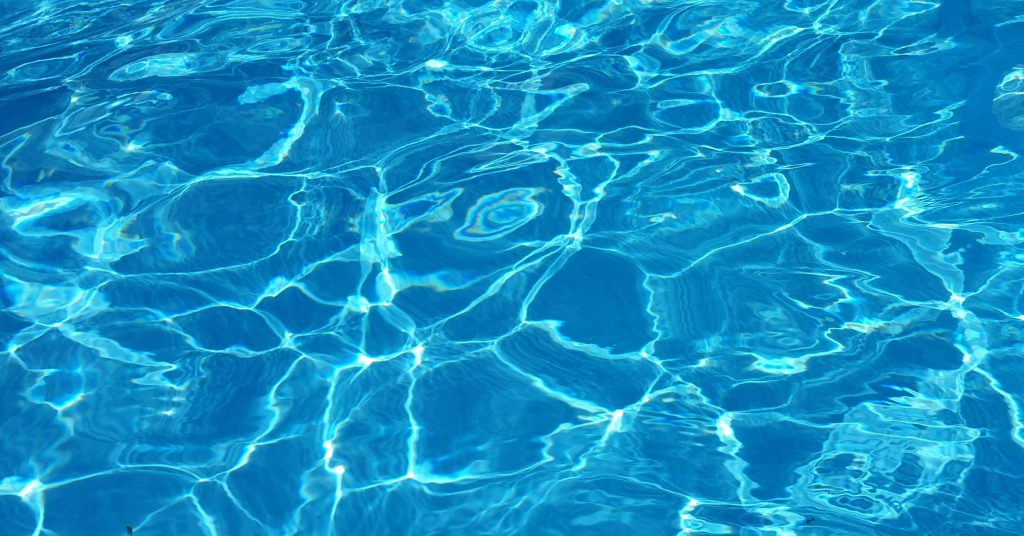Reading time: 2:40 –
Anyone who’s had swimming lessons can attest, the pungent smell of a chlorinated pool can be overwhelming. But did you know that the chemical smell isn’t what you think it is?
You probably think what you’re smelling is a large dose of chlorine. But in fact, this odour points to the opposite!
What you’re smelling is actually something called chloramine. Never heard of it? Chloramine is the byproduct that’s produced when the chlorine in the pool water combines with swimmer’s waste (body oils, skin flakes, etc.) and other contaminants. It’s this chemical compound that gives off the strong odour and can cause irritation to swimmer’s eyes and skin. Plus, it reduces the free chlorine in the water (the chemical that works to disinfect the water) – meaning there’s a risk of it becoming unsafe for swimmers.
So, if a strong odour is emanating from a pool, it’s likely that there’s a problem in the water and it requires further treatment to ensure proper sanitation!
By now, you probably want to know how to remedy a pungent pool? Luckily, we’ve got you covered with these easy-to-follow steps.
Shock treatment
The answer to eradicating chloramines? Give them a shock!
The term shock treatment refers to the process of adding an oxidiser to the water to destroy the organic contaminants that combine with chlorine to produce chloramines.
Depending on whether you have a chlorine or salt pool, to effectively destroy chloramines, we recommend shocking your pool with BioGuard Oxysheen or BioGuard Lite. For our full range of Oxidisers, visit our website.
After this initial treatment, you should give your pool a shock treatment once a week during peak use, and once every 3 weeks during off peak times, to keep it looking pristine and odour free!
Test your water regularly
Now that the water is sufficiently sanitised, test the water to make sure it’s properly balanced and safe to swim in. We recommend taking a water sample to your local BioGuard Approved Retailer for a test. They will conduct a comprehensive analysis of the current condition of the water and then advise you how to correct any imbalances – creating a personalised maintenance program for your pool in the process!
From then on, test your water at least once a week at home and professionally once a month.
When testing at home, ensure you test the following:
- Alkalinity: 120-150ppm. Test alkalinity before adjusting pH levels, as pH will remain constant if you’ve got the right alkalinity levels.
- pH: this should sit between 7.2 and 7.6.
- Calcium hardness: between 150-250ppm.
- Stabiliser level: it should be sitting at a minimum of 30ppm of Cyanuric acid, helping to prevent chlorine loss.
- Algaecide: add algaecide to your water to eliminate algae growth.
- Chlorine: this should be sitting between 1.5 and 3ppm.
If you need assistance in remedying a chemical imbalance in your water, visit your local BioGuard Approved Retailer for expert advice.
Get your water sparkling
As the final touch, add a dose of BioGuard Pool Tonic for crystal clear water! It will keep your water sparkling and removes phosphates (the food source for algae and other unwanted contaminants).
Finally, don’t forget these simple tips for preventing a build-up of chloramines in the water.
- Ask that all swimmers have a quick shower before jumping in the pool. You could even install an outdoor shower to make it easy.
- Take little swimmers for regular bathroom breaks.
Now that you’ve sent the pong packing, it’s time to get back to what you do best – relaxing poolside!
If you’re after more handy pool maintenance tips, follow our Facebook page.


